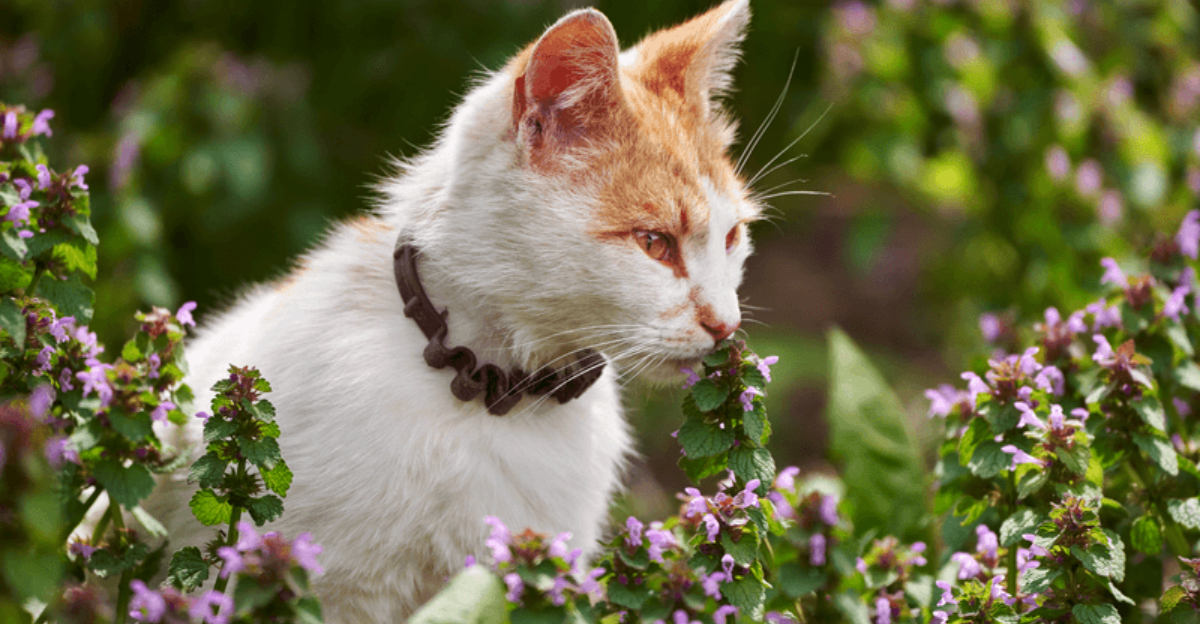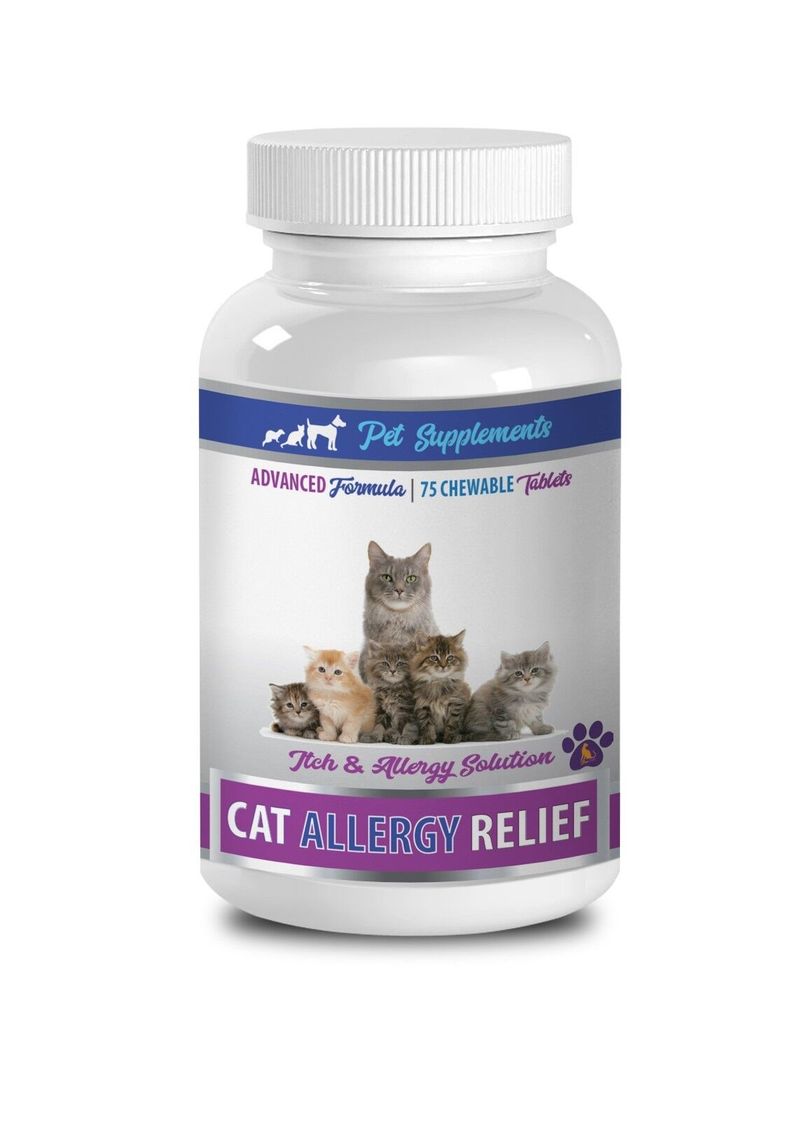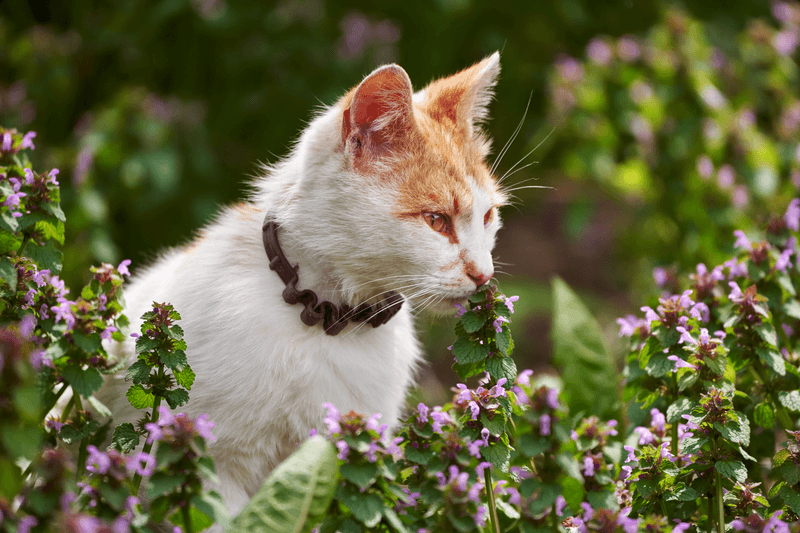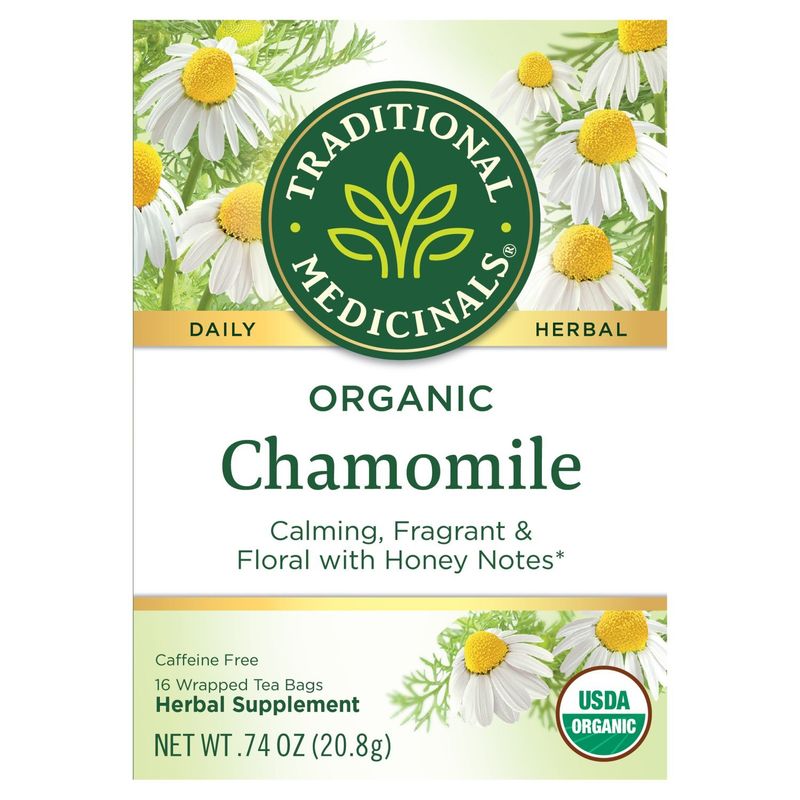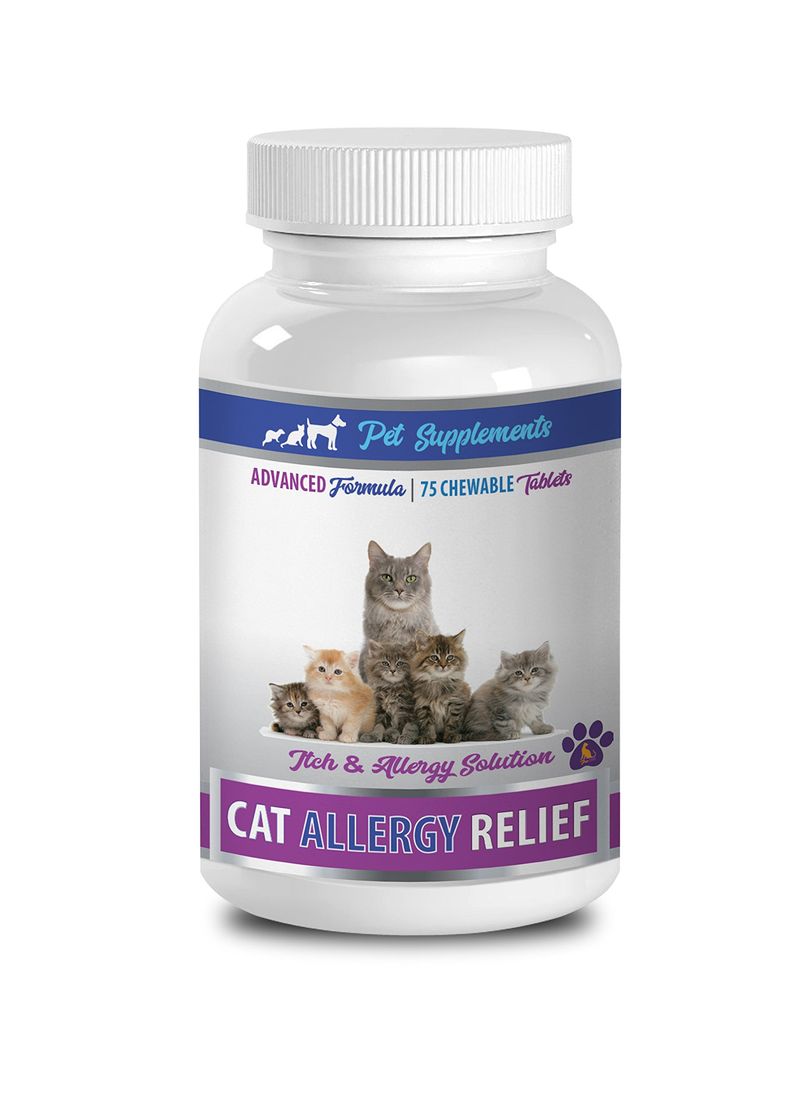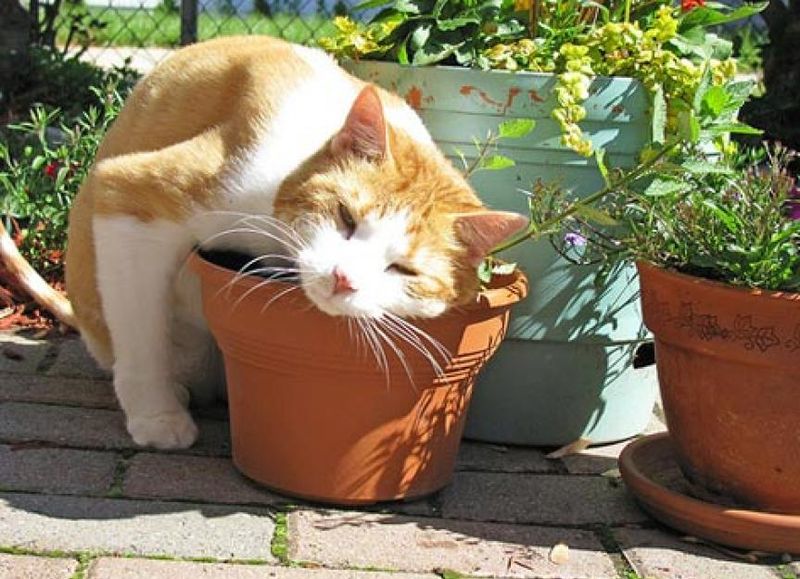📖 Table of Content:
Seasonal allergies don’t just affect humans — many cats suffer from them too, often showing signs like sneezing, itchy skin, watery eyes, and persistent grooming. As more pet parents seek natural ways to support their feline friends, herbal remedies have grown in popularity for managing allergy symptoms gently and holistically. These plant-based solutions can offer relief without the harsher side effects associated with pharmaceutical antihistamines — but they must always be used responsibly.
Herbs with natural antihistamine and anti-inflammatory properties can help block or reduce the effects of histamines, which are chemicals released during allergic reactions. While cats are notoriously sensitive creatures, some herbs, when carefully selected and properly administered, may offer genuine support. The key is to choose options known to be safe for felines and always use pet-formulated preparations when possible.
In this article, we’ll explore seven herbal antihistamines that may help ease allergy symptoms in cats. Each herb offers unique benefits, from calming inflammation to supporting the immune system, and several are already used by holistic veterinarians. Whether your cat struggles with environmental triggers or seasonal pollen, these natural options could provide a gentle path to comfort — with your vet’s blessing.
1. Nettle Leaf (Urtica dioica)
Among herbal remedies, nettle leaf stands out for its ability to naturally inhibit histamine receptors, making it a powerful ally against allergic flare-ups. This herb is rich in nutrients and bioactive compounds that support immune health while calming inflammation in skin and respiratory tissues. Many holistic practitioners use nettle to address sneezing, runny noses, and itching caused by seasonal allergens. Unlike synthetic antihistamines, nettle offers support without causing sedation or disrupting other systems. Because of its strength, it’s important to use only pet-safe dried nettle or properly diluted tinctures, never raw or unformulated products. When introduced gradually and with care, nettle can be a soothing herbal addition to your cat’s wellness routine. As always, consulting a vet before starting is the safest way forward.
2. Licorice Root (Glycyrrhiza glabra)
Known for its sweet flavor and medicinal versatility, licorice root is often referred to as a natural corticosteroid. Its primary function in allergy care is reducing inflammation throughout the body, especially in the skin and respiratory tract. Cats suffering from itchy patches or asthma-like symptoms may benefit from its soothing action. However, not all forms of licorice are suitable for feline use — only deglycyrrhizinated licorice (DGL) is considered safe in small amounts. Full-spectrum licorice can raise blood pressure or deplete potassium over time, posing risks to your cat’s organs. Holistic vets sometimes use it as a short-term remedy or in rotation with other herbs to avoid complications. Used wisely and with veterinary supervision, licorice root can offer real relief for inflamed, allergy-prone kitties.
3. Chamomile (Matricaria chamomilla)
Soothing in nature and gentle in effect, chamomile is a classic calming herb that may also relieve allergy-related discomfort. For cats experiencing skin irritation, chamomile tea rinses can help reduce redness and itching without harsh chemicals. Internally, chamomile acts as a mild antihistamine and may ease minor digestive upset caused by stress or environmental triggers. Its anti-inflammatory and antimicrobial properties make it especially useful for cats prone to anxiety-driven grooming or stress-induced flare-ups. That said, not every cat tolerates chamomile well — some may be allergic, and concentrated oils are definitely off-limits. Only use pet-formulated teas or tinctures, and never apply essential oil directly to fur or skin. Done carefully, chamomile can be both calming and healing for cats in allergy season.
4. Eyebright (Euphrasia officinalis)
Historically prized for its eye-soothing abilities, eyebright is often used to ease irritation from airborne allergens. Its natural astringent and anti-inflammatory properties make it especially helpful for cats with watery, red, or itchy eyes during pollen-heavy seasons. Unlike pharmaceutical eye drops, diluted eyebright tinctures or teas offer a gentler, herbal-based form of relief. Some holistic veterinarians also administer eyebright internally to help with broader allergic responses, including nasal congestion or respiratory inflammation. Because cats have extremely sensitive eyes and mucous membranes, only veterinarian-approved, alcohol-free formulations should ever be used. Applied cautiously under professional advice, eyebright may bring clear-eyed comfort to cats struggling with seasonal triggers. Its effectiveness is subtle but respected in the world of herbal pet care.
5. Quercetin
Sometimes dubbed “nature’s Benadryl,” quercetin is a potent antioxidant and anti-inflammatory flavonoid found in many fruits and vegetables. Its ability to stabilize mast cells — the ones that release histamines — makes it particularly effective in reducing allergic reactions at the root. Quercetin works best as a preventive tool, taken consistently during allergy seasons to build up resistance to triggers like pollen or mold. It’s also beneficial for cats dealing with food sensitivities or autoimmune-related inflammation. Since cats need precise dosing, only give quercetin supplements that are specially formulated for pets, and avoid versions with added sweeteners or artificial flavors. Its use may be enhanced when paired with bromelain (an enzyme from pineapple), which helps absorption and further reduces inflammation. With your vet’s approval, quercetin can be a solid, science-backed natural choice for allergy relief.
6. Thyme (Thymus vulgaris)
Respected for its antimicrobial power and gentle expectorant properties, thyme is a lesser-known herb that can help support the respiratory system during allergy season. It may aid cats dealing with congestion, coughing, or throat irritation triggered by airborne irritants like dust or pollen. While thyme is sometimes brewed into weak teas for respiratory use, it should never be given in essential oil form — these are highly toxic to cats. A safe way to use thyme is via a pet-safe herbal steam or by adding tiny amounts of cooled infusion to food (only with vet guidance). As a natural antimicrobial, it may also reduce the secondary infections that sometimes follow allergy flare-ups. Used sparingly, thyme supports not just the immune system but also the airways and sinus passages. Always err on the side of caution and use only cat-specific preparations.
7. Cat’s Claw (Uncaria tomentosa)
Finally, cat’s claw is an immune-modulating herb that may help balance overactive responses, including those linked to allergies. Indigenous to the Amazon rainforest, this vine has been used in traditional medicine for centuries to address inflammation and immune dysregulation. In cats, it’s typically used in low doses to calm hyper-reactivity from chronic environmental triggers. Because it influences immune function, cat’s claw can be a useful long-term strategy for felines prone to seasonal outbreaks or skin conditions tied to allergens. However, due to limited research on feline use and potential interactions with other medications, it should only be administered under veterinary supervision. When used wisely, it has the potential to promote resilience and reduce flare-ups. As with all herbal tools, it shines brightest when integrated into a broader holistic care plan.
